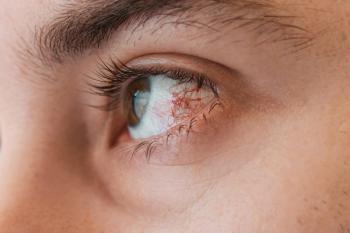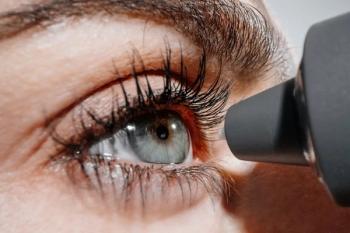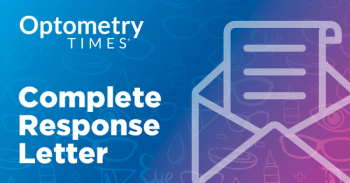
Research finds vision problems decreasing employee productivity
The majority of employees are regularly affected by at least one visual disturbance at work that could diminish their performance, with most taking multiple breaks during the day to rest their eyes, according to new research sponsored by Transitions Optical, Inc.
Orlando, FL-The majority of employees are regularly affected by at least one visual disturbance at work that could diminish their performance, with most taking multiple breaks during the day to rest their eyes, according to new research sponsored by
The top visual complaint is tired eyes, with nearly half (47%) of employees reporting this. About a third of employees are bothered by other problems, including light reflecting off of their computer screen, bright, glaring light, dry eyes and blurry vision. Another 18% say their eyes tear, while 16% have trouble with light reflected off of personal devices and another 16% are bothered by reflections off of outdoor surfaces. Employees who identify themselves as Hispanic are the most likely to experience visual disturbances of all the ethnic groups polled.
Twenty-nine percent of all workers say they suffer from headaches as a result of visual disturbances. According to the
The Employee Perceptions of Vision Benefits research also explored times of day when vision problems are most prevalent, revealing that one third (32%) of employees’ eyes bother them most during the afternoon, followed by evening (24%) and morning (8%). An additional 17% reported that their vision bothers them throughout the day.
Further demonstrating the negative impact on productivity, most employees are taking multiple breaks throughout the day on account of vision problems. The average employee takes two breaks per day, but nearly one third (32%) are taking three or more breaks, and 13% are taking more than five. While women are more likely to say they suffer from visual disturbances at work, men are more likely to say they take breaks because of them.
One study shows that eye-focusing problems, which can occur with eye strain and fatigue, may cause employees to lose up to 15 minutes of working time a day. The study reported that this translates into employers losing more than $2,000 per year per employee who suffers from this issue.
Many visual disturbances can be alleviated with wearing the right eyewear-including lenses with an up-to-date prescription and lens options, like anti-reflective coatings to reduce glare.
Newsletter
Want more insights like this? Subscribe to Optometry Times and get clinical pearls and practice tips delivered straight to your inbox.



















































.png)


